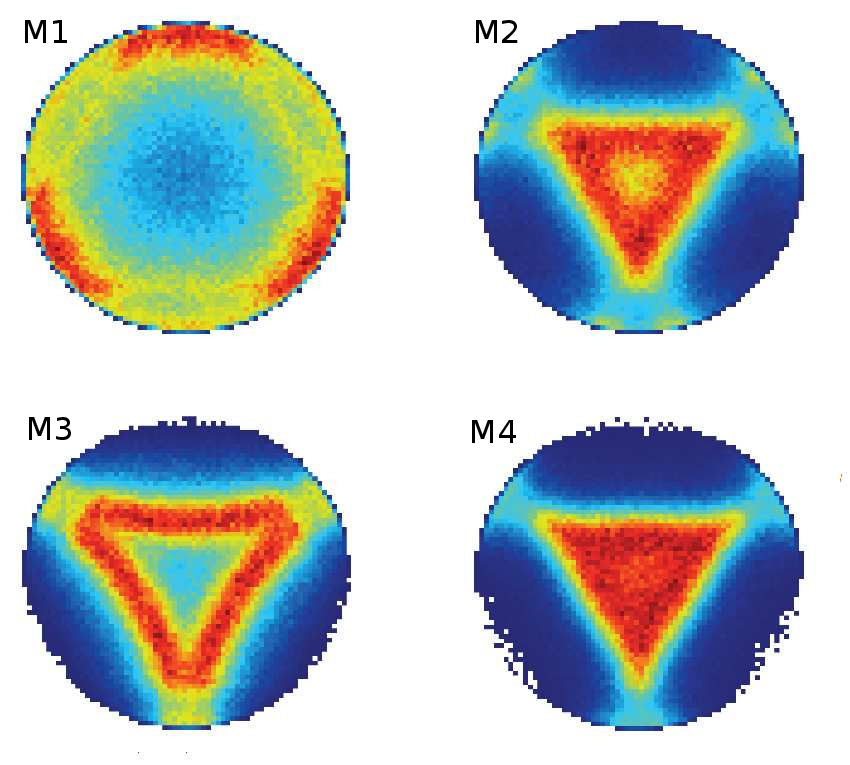Breaking up carbon
Breaking up is hard to do, no matter whom or when. Take for example the case of a carbon nucleus splitting into three nuclei of helium. Until recently no-one knew if such a breakup happened suddenly or in a longer sequence of successive fragmentations. Now we know.

Five researchers from IFA have solved the puzzle. H. K. Laursen, H. O. H. Fynbo, O. S. Kirsebom, K. S. Madsbøll and K. Riisager in a paper in Eur. Phys. J. A52, 271 (2016) with the catchy title of 'Complete kinematical study of the 3? breakup of the 16.11 MeV State in 12C' reveal that the latter explanation is the correct one. Their findings are of high interest to both nuclear physicists studying fusion and astrophysicists looking at the reverse process inside the stars, where He is fusioned into C. In earthly fusion studies the new results may have applicatione in devising an alternative to 'standard' fusion, where no neutrons are produced in the reactor.
